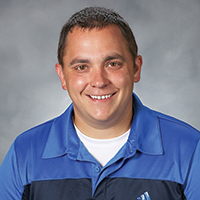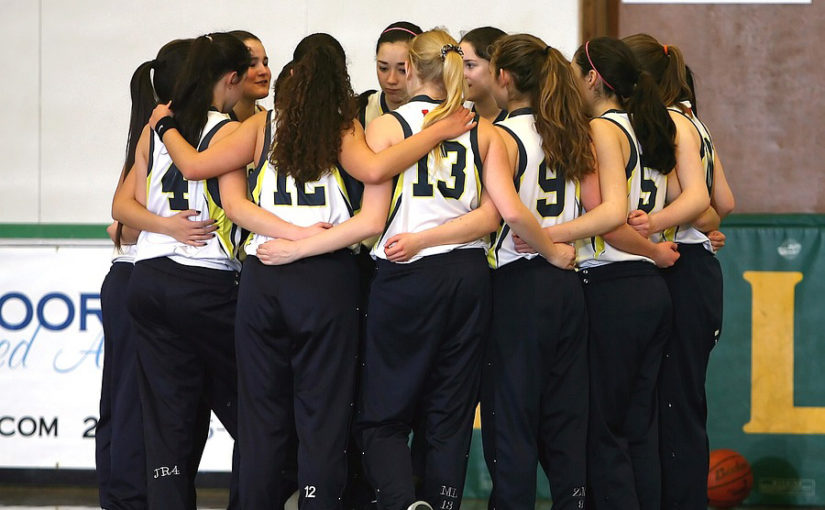Shining a light on mental health in schools

It’s no surprise that to communicate in today’s society, high school students use social media to rank themselves in social status and well-being. The number of friends they have, and the number of “likes” or “streaks” reign priority over face-to-face interactions. This is why I started looking more closely at resources for my student-athletes around mental health awareness. Through student voice, we have created a platform for change.
When students in your building have a common sickness or injury, whether immediately noticeable or discovered with the help of a machine, they’re typically prescribed a course of action to commence the healing process. However, there are many students whose pain and suffering cannot be seen, and their condition can escape professional medical support that could result in a path to recovery. Such is the nature of mental illness: It grips students to the point of noticeably poor performance in the classroom, in athletics, and in their social lives.

As in most schools, our student-athlete leaders are held to a higher status than other students. My hope was to get these five student leaders to buy-in to the “Hope Happens Here” philosophy and bring something back to the school that we could adopt as our own. We left the meeting, and immediately got to work.
The school held a mental health parent session, where leaders from St. Michael’s College talked about the importance of speaking up and allowing children to feel safe to do the same. We adopted the slogan, “It’s OK not to be OK” and put it on wristbands for anyone who wanted one. We held two different events during the winter season where athletes spoke about the importance of mental health awareness, gave away shirts to those in attendance, and raised $1,500 toward mental health awareness.
Our school continues to bring awareness to the student body by placing posters around the building and in locker rooms with different strategies to help those struggling with their mental health. This spring, we’re welcoming a speaker to talk about being aware and “knowing the signs.” We will continue to hold mental health awareness games each season to keep the issue at the forefront. It has been great to see a number of other high schools within the state looking at the same model and creating similar groups within the walls of their buildings. The goal is to get more schools involved, making mental health awareness the norm and not the exception.
Today’s students are tired of the silence and stigma that surrounds mental health illness. The students in your building are willing to speak up, but they need the opportunity to do so. Ignorance and silence helps nobody. It’s time we “walk the walk” and take care of ourselves, take care of those around us, and #EndTheStigma.





